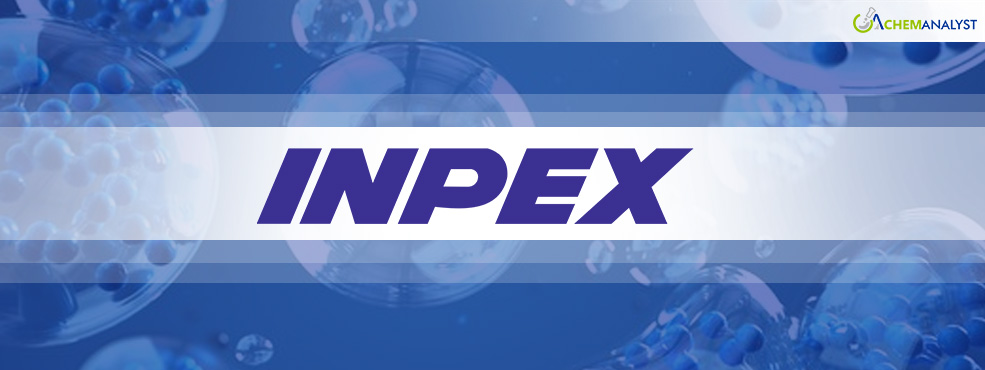INPEX Progresses FEED for Japan's Blue Hydrogen Project
- 27-Dec-2024 6:00 PM
- Journalist: Royall Tyler
INPEX, Japan’s largest exploration and production company, has officially launched front-end engineering and design (FEED) work for its blue hydrogen production project, marking a significant step in the company’s efforts to contribute to the nation’s energy transition. The project will harness natural gas extracted from INPEX’s existing fields in Niigata Prefecture, Japan, utilizing these reserves both as a source of feedstock for hydrogen production and as a site for carbon capture and storage (CCS). This initiative is aligned with INPEX’s ambitious goal of advancing five net-zero businesses by 2050, with a clear focus on sustainability and the reduction of carbon emissions. The company plans to have three of these projects operational by 2030, with an annual production target of 100,000 tons or more of hydrogen and ammonia, in addition to plans for injecting at least 2.5 million tons of CO2 into its depleted gas fields.
The blue hydrogen production facility will be located in Niigata Prefecture, where INPEX has a long-standing presence in oil and gas exploration and production. The facility is planned to produce 100,000 tons of hydrogen per year, which will be marketed to domestic customers for power generation and heating applications. INPEX has expressed its intention to help meet 10% of Japan’s domestic energy demand by 2050, underlining its commitment to providing clean and sustainable energy solutions. To supply the hydrogen plant, INPEX will source its natural gas from the INPEX-operated Minami-Nagaoka Gas Field, located in Nagaoka City, Niigata Prefecture, as well as LNG imports through INPEX’s Naoetsu LNG Terminal in Joetsu City. A significant portion of the LNG will come from INPEX’s Ichthys LNG project, based in Australia.
The hydrogen produced will be marketed as blue hydrogen due to the company’s integrated approach to CCS. CO2 emissions generated during the hydrogen production process will be captured and injected into the depleting gas fields in Niigata Prefecture. This ensures that the hydrogen produced is classified as low-carbon, meeting the criteria for blue hydrogen. The use of CCS is a critical component of INPEX’s strategy to reduce the environmental impact of its energy production and to support Japan’s broader goals for carbon neutrality by 2050.
INPEX has been operating in Niigata Prefecture for more than 60 years, initially focusing on oil and gas exploration and production. Over time, the company has expanded its operations to include LNG terminal management. This experience provides a solid foundation for the successful development and operation of the new blue hydrogen production facility. The project represents a key milestone in INPEX’s ongoing efforts to diversify its energy portfolio, reduce emissions, and support the Japanese government’s renewable energy goals.
By 2030, INPEX aims to have its blue hydrogen facility operational, contributing significantly to Japan’s energy needs while promoting the adoption of low-carbon energy sources. The company’s long-term commitment to hydrogen production and carbon capture is central to its strategy for driving the global energy transition. Through this initiative, INPEX continues to demonstrate its leadership in the energy sector, advancing its role as a key player in Japan’s path to a sustainable, low-carbon future.



